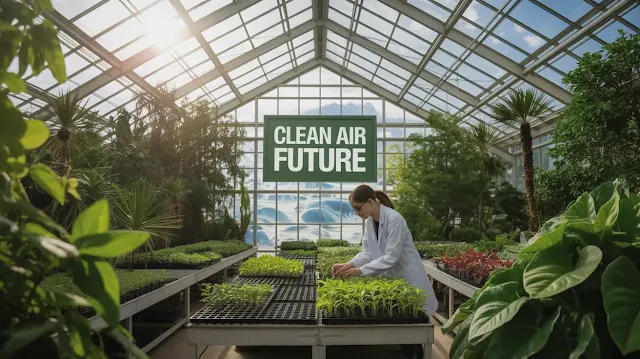Greenhouse Gas Regulation: The Untold Story
What Is Greenhouse Gas Regulation?
Think of Earth as being wrapped in a protective blanket made of gases that trap heat, these are known as greenhouse gases (GHGs). While this blanket keeps the planet warm and livable, it becomes dangerous when it thickens too much, leading to excessive heat and climate instability.
Greenhouse gas regulation refers to the policies and legal frameworks designed to control the emission of these heat-trapping gases. These regulations are essential to slowing down global warming and preventing environmental disasters.
Main Objectives of Greenhouse Gas Regulation
The core mission of GHG regulations is to:
Reduce the release of harmful emissions into the atmosphereThese rules vary from country to country but share a common goal, protecting the climate.
Understanding GHG Regulation: What Does It Cover?
Definition of GHG Regulation
GHG stands for Greenhouse Gas, and “regulation” refers to the laws and policies that manage emissions. So, GHG regulation means creating enforceable rules to control the gases that contribute to global warming.
These rules can fall under two main categories:
Mandatory Regulations: Legal obligations enforced by governmentsVoluntary Agreements: Incentive-based actions taken by companies or individuals
For example, governments may impose caps on industrial emissions or encourage citizens to use electric vehicles.
Phasing Out Hydrofluorocarbons (HFCs): A Critical Step
One of the most impactful actions in greenhouse gas regulation is the global phase-out of hydrofluorocarbons (HFCs).
HFCs are chemicals commonly used in refrigeration and air conditioning systems. Despite their utility, HFCs have a global warming potential thousands of times higher than carbon dioxide.
To mitigate their damage:
Countries are phasing out HFCs through international agreementsIndustries are being incentivized to switch to climate-friendly alternatives
This step alone could significantly reduce the warming trend over the next several decades.
What Is the GHG Protocol? The Global Standard for Emissions Tracking
Before emissions can be reduced, they need to be measured. The GHG Protocol provides a global standardized framework for calculating and reporting greenhouse gas emissions.
What Does the GHG Protocol Include?
The GHG Protocol is made up of seven core standards that help organizations:
Measure their carbon footprint accuratelyReport emissions transparently
Track progress over time
By using this protocol, businesses, cities, and countries can communicate in a universal language of climate accountability, ensuring transparency and comparability on a global scale.
Where Does Carbon Go After It’s Released?
The Invisible Threat That Doesn’t Disappear
When factories, cars, and power plants emit greenhouse gases, those emissions don’t just vanish. They linger in the atmosphere, forming a heat-trapping layer around the planet, much like an invisible oven.
The Effects of Unchecked Carbon Emissions
Irregular weather patternsDisrupted rainfall and drought cycles
Hotter, longer summers and milder winters
And the worst part? These impacts compound over time, turning small disruptions into major disasters.
Global Response: Are We Doing Enough?
Governments around the world have made public commitments to address climate change, but actions often lag behind the promises. Political complications, economic interests, and corporate resistance can slow progress.
Regulatory Tools in Action
Some of the most commonly used regulatory mechanisms include:
Phase-out plans for high-impact gases like HFCsEmission quotas and cap-and-trade systems
Strict standards for vehicle emissions
Pollution control technologies and fuel alternatives
These tools are not just policy ideas, they are actionable solutions that can shift our trajectory.
The First Step: Measuring to Manage
It’s impossible to fix a problem without knowing the extent of it. That’s why accurate measurement of emissions is the foundation of all climate action.
Thanks to the GHG Protocol, emissions data is no longer guesswork. It offers governments, industries, and even individuals a clear path to accountability and improvement.
Conclusion: Regulation Is Not a Choice, It's a Necessity
Climate change is accelerating, and greenhouse gas regulation is no longer optional, it’s essential. From the phasing out of harmful chemicals to implementing global protocols for measurement, the tools are already in place.
Now, the challenge lies in enforcement, cooperation, and commitment. With coordinated global action, we can reduce emissions, slow climate change, and build a sustainable future.




Write a comment, your opinion matters to us